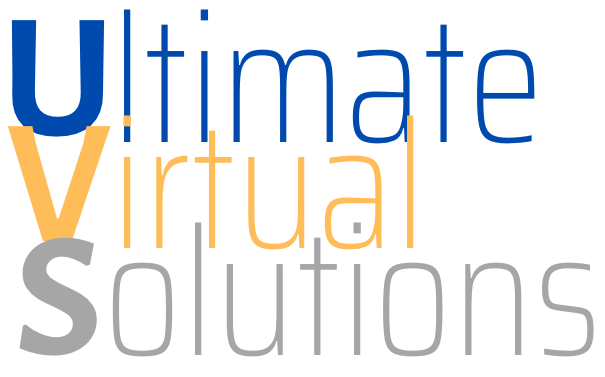We think of computers as powerful machines -- and they are -- but they are pretty much useless without programs to do things and operating systems to allow those programs to interact with the computer itself. If you are using a computer you are using an operating system -- even if you don't know it.
Early personal computers, like the Atari or Commodor 64, had proprietary operating systems that were usually built into the computer itself. These usually could not be upgraded so what you bought is what you got until you bought an new computer.
The next generation of operating systems like CP/M and DOS usually came on floppy disks and were loaded into the computer. This allowed the operating system to be used across a base of many more computers and for the computer owner to be able to upgrade their operating system without having to replace the entire computer. Along with this flexibility came more power and new ideas.
An operating systemm often called just an OS and sometimes written O/S, is a master program of sorts that understands the technical workings of the computer, handles communication between the applications (programs that you use) and the computer hardware itself, and provides the interface that you, the computer user, can work with. CP/M, DOS and UNIX typically provided a "command line" interface which was comprised of a text prompt that pointed where you would type a verbal (and often cryptic!) command to the computer, things like: FORMAT A:, or CP *.* /bin.
Earlier computers where, perhaps, harder to learn but, equally, easier to use thought, of course, they did fewer things and usually only one thing at a time. Newer computers with muti-threaded "desktop" interfaces (like Windows, Mac, KDE, or Gnome) provide a visual experience with point and click (mouse) operation and allow you to open, and actually operate, several programs at once. You can switch between active programs, often called "windows", working with one in the foreground while other wait, or continue processing, in the background. But this desktop is just another way of interfacing with the operating system. The look has changed. The function, though more powerful and capable, is pretty much the same.
Most people use the Microsoft Windows operating system because it operates on a wide range of computers that have come to be called PCs (though PC stands for Personal Computer and actually includes all small desktop computers, notebooks, and other computers that you might own, and use, personally), it comes bundled (included with) most PCs, and most people buy PCs these days with Windows already installed.
Just because it is the most prolific doesn't necessarily mean it is the best. Many people have favored the Mac, a computer made by Apple, Inc., which supports its own operating system known, generally, as Mac OS. Many people with PCs upgrade from (or replace) Windows by installing a powerful, often free, operating system called LINUX, a PC derivative of UNIX. LINUX use to be considered the OS for geeks but, with the advent of a selection of visual desktop interfaces it is now embraced by many users, even beginners. Typically it isn't chosen until the user has some experience, mainly because they may not have heard of it, though many computer distributors, like Dell or Gateway, are now offering it as a pre-installed option on their computers and integraters, like Red Hat, are commercially bundling versions of the OS along with an extensive array of applications, a choice of popular desktop interfaces, and even service and tech-support packages.
There is life after Windows!
Discover more from Ultimate Virtual Solutions
Subscribe to get the latest posts sent to your email.

